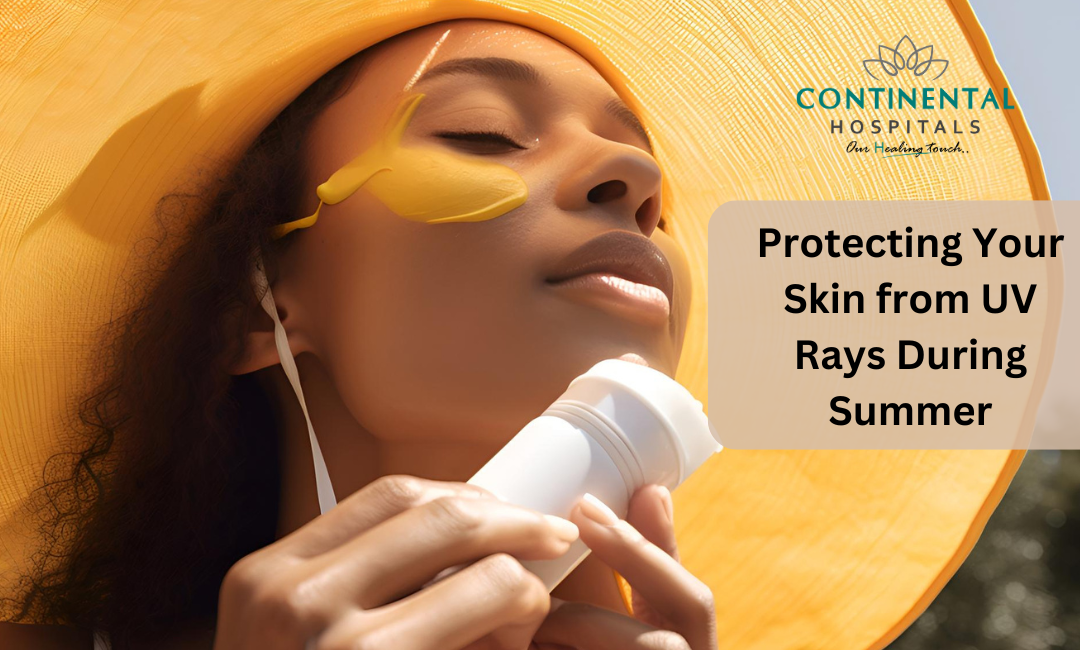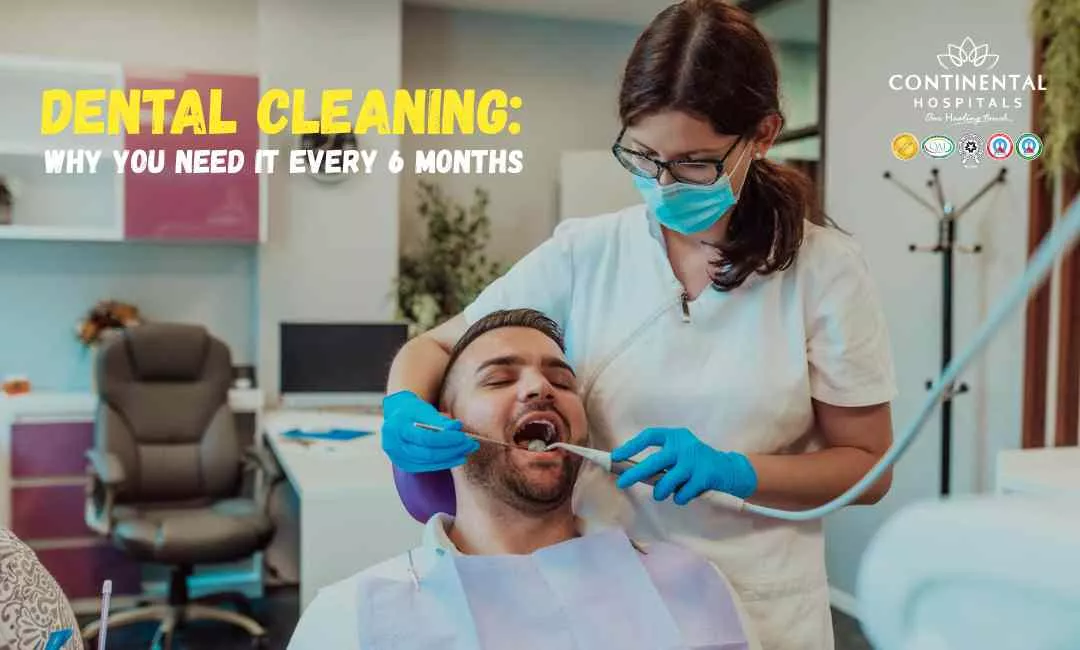Understanding the Core of Protecting Your Skin from UV Rays:
The sun's warmth might feel inviting, but lurking beneath its rays are invisible threats: ultraviolet (UV) rays. These silent dangers penetrate the skin, wreaking havoc in various ways. Let's delve deeper into understanding UV rays and how to protect yourself.
The Spectrum of UV Rays:
The sun emits a range of UV rays, categorized by their wavelength and ability to penetrate the skin:
UVA Rays: These have the longest wavelengths and reach deep into the skin's inner layers. They contribute to premature aging, wrinkles, and the breakdown of collagen, the protein responsible for skin elasticity.
UVB Rays: Shorter in wavelength than UVA rays, UVB rays are the primary culprit behind sunburns. They damage the skin's outer layers, causing redness, inflammation, and peeling.
🥗 Healthy Plate Challenge
🍽 Add Your Favorite Dish
Pick Your 6 favorite foods, eat, and see the results.Drag & drop foods onto your plate.
Drop Food Here
UVC Rays: Thankfully, these potent rays are mostly absorbed by the Earth's ozone layer, sparing us their harmful effects.
Why Sun Protection Matters:
Exposure to UV rays, particularly UVA and UVB, carries significant risks:
Sunburns: The most immediate consequence, sunburns cause pain, and inflammation, and increase your risk of developing skin cancer later in life.
Premature Aging: UVA rays degrade collagen, leading to wrinkles, fine lines, and loss of skin firmness.
Skin Cancer: Excessive UV exposure is a major risk factor for various skin cancers, including melanoma, the deadliest form.
Safeguarding Your Skin: By incorporating sun protection measures into your routine, you can significantly reduce these risks. Here are some key strategies:
Seek Shade: Whenever possible, especially during peak sun hours (10 am to 4 pm), find shade under trees, umbrellas, or canopies.
Sun-Protective Clothing: Cover up with tightly woven, long-sleeved shirts, pants, and wide-brimmed hats. Look for clothes with a Ultraviolet Protection Factor (UPF) rating to ensure they block UV rays.
Sunscreen: Apply a broad-spectrum sunscreen with SPF 30 or higher generously and evenly to all exposed skin 15 minutes before going outdoors. Reapply every two hours, or more often if sweating or swimming.
The Importance of Protecting Your Skin from UV Rays:
Protecting your skin from UV rays is crucial for maintaining skin health and preventing sun damage. Prolonged exposure to UV rays can lead to sunburns, wrinkles, dark spots, sagging skin, and an increased risk of skin cancer, including melanoma. By taking proactive measures to protect your skin from UV rays, you can maintain a youthful appearance, reduce the risk of skin cancer, and promote overall skin health.
When to Seek Help:
Sun exposure can leave its mark, but some signs require immediate medical attention. Don't hesitate to seek professional help if you experience:
Severe Sunburns: Sunburns that cause intense pain, blistering, or swelling across large areas of skin necessitate a doctor's assessment. They may prescribe topical medications, and antibiotics to prevent infection or recommend pain management strategies.
Signs of Fungal or Bacterial Infections: Following sunburns, watch for signs of infection like pus, worsening redness, or increased pain. Early intervention with antibiotics or antifungals is crucial to prevent complications.
Changes in Moles or Lesions: Be mindful of any alterations in your moles or freckles. Look for asymmetry, irregular borders, color variations (uneven brown, black, or red), or changes in size or diameter. A dermatologist can examine these lesions and perform a biopsy, if necessary, to rule out skin cancer.
Restoring Sun-Damaged Skin: Seeking Professional Solutions
The extent of sun damage determines the most appropriate treatment approach.
Here's an overview of some common options a dermatologist might recommend:
Topical Creams: Skin lightening creams or retinoids can help reduce hyperpigmentation, age spots, and uneven skin tone caused by sun damage.
Chemical Peels: Controlled chemical solutions remove damaged outer layers of skin, revealing smoother, healthier-looking skin underneath. The strength of the peel will vary depending on the severity of sun damage.
Laser Treatments: Lasers offer a more targeted approach to address sun damage concerns like wrinkles, fine lines, and uneven pigmentation. Different laser types address specific issues.
Dermabrasion: This technique uses a rotating brush to remove the top layer of skin, similar to a chemical peel, but with a more abrasive approach.
Remember, early detection and intervention are key for managing sun damage. By recognizing the warning signs and seeking professional help when needed, you can safeguard your skin's health and potentially reverse some of the sun's harmful effects.
Laser Therapy:
Laser treatments like fractional laser resurfacing or intense pulsed light (IPL) therapy can target sun-damaged skin, stimulate collagen production, and improve skin tone and texture.
Chemical Peels:
Chemical peels use exfoliating agents like alpha hydroxy acids (AHAs), beta hydroxy acids (BHAs), or trichloroacetic acid (TCA) to remove dead skin cells, improve skin texture, and reduce hyperpigmentation caused by sun damage.
Cryotherapy:
Cryotherapy involves freezing sun-damaged skin lesions with liquid nitrogen to remove precancerous cells, reduce pigmentation, and improve skin appearance.
Surgical Procedures:
In cases of advanced skin cancer or extensive sun damage, surgical procedures like excision, Mohs surgery, or skin grafting may be necessary to remove cancerous lesions and repair damaged skin.
Conclusion:
Protecting your skin from UV rays during summer is essential for maintaining skin health, preventing sun damage, and reducing the risk of skin cancer. By understanding the core principles of sun protection, knowing when to seek help for sun-related skin issues, and exploring treatment options for sun-damaged skin, you can take proactive steps to care for your skin and enjoy a healthy, radiant complexion year-round. Remember to wear sunscreen, protective clothing, and sunglasses, and seek shade during peak sun hours to protect your skin from harmful UV rays and maintain optimal skin health.
.webp)














